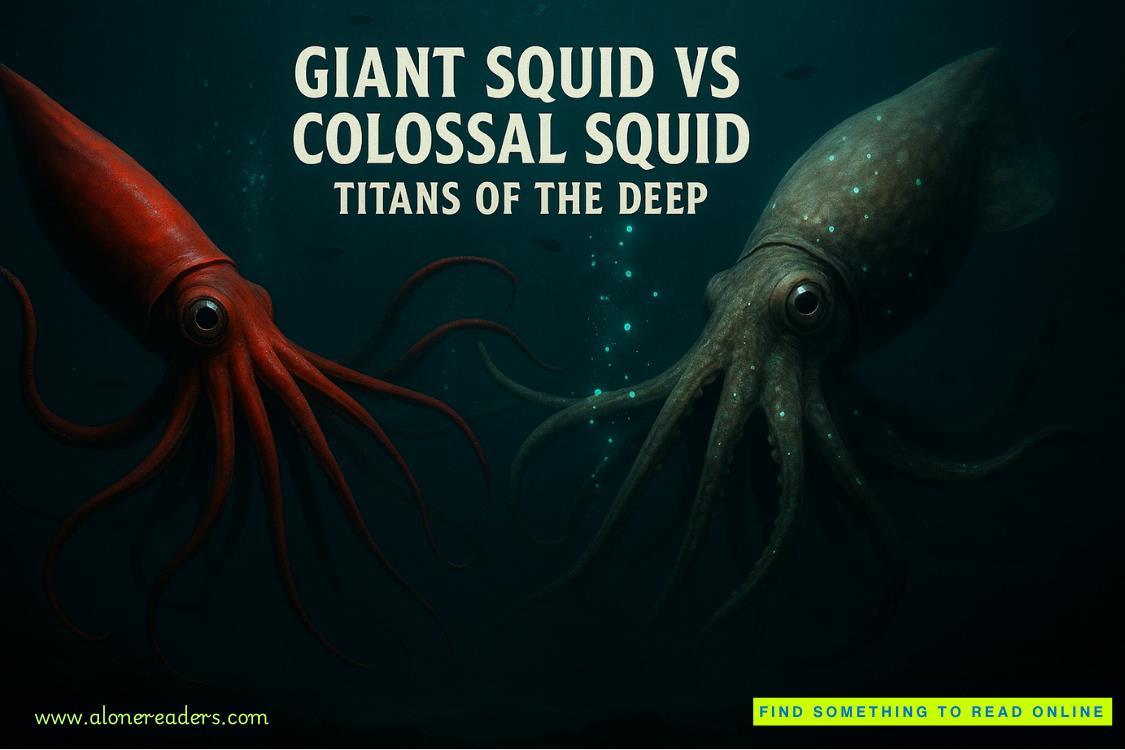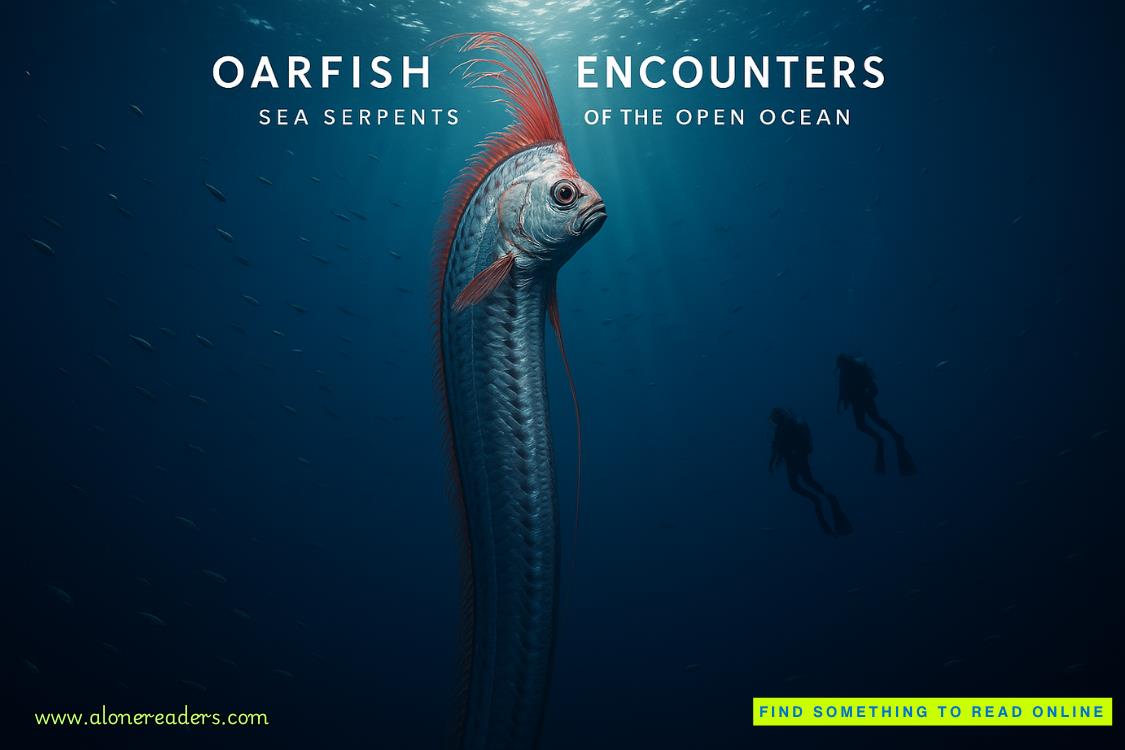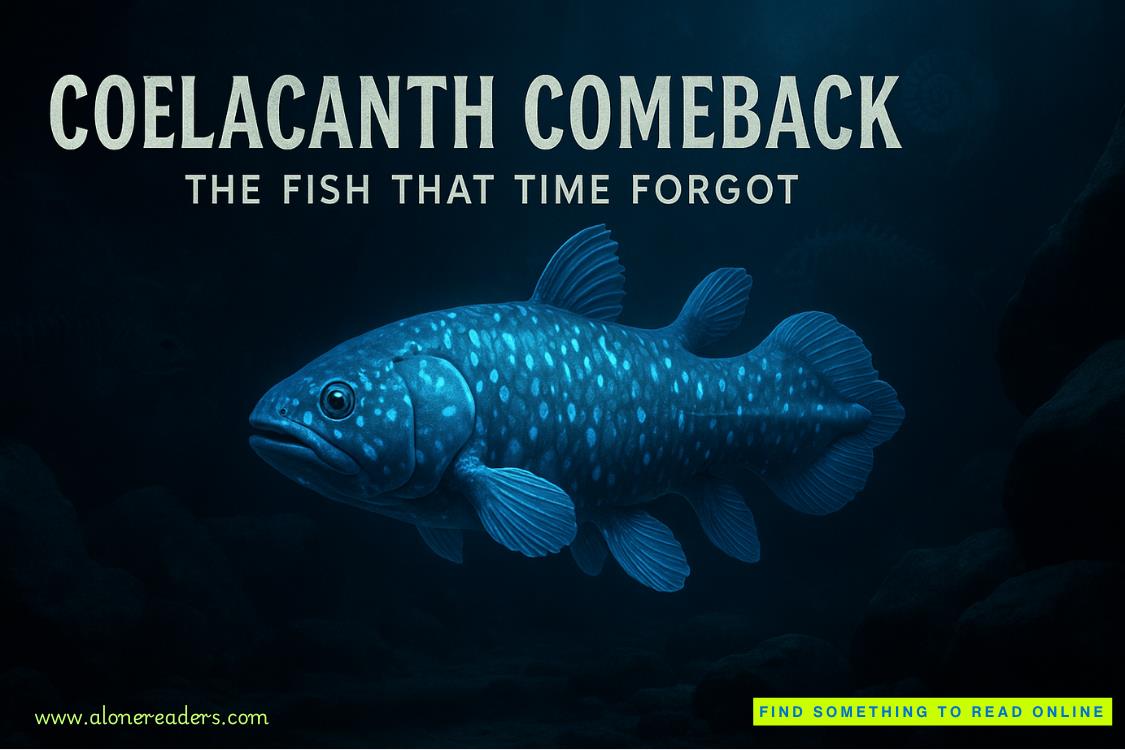Page 24 of My Ishmael (Ishmael 3)
“Good. The males follow a contrary practice. As I just explained, a female kills rivals to her pups inside her territory. A male kills pups outside his territory.”
“Why outside rather than inside?”
“Because inside his territory, the pups may well be his own. Inside her territory, the female’s pups are only in her nest. Inside his territory, the male’s pups are all over the place.”
“My head is beginning to swim a bit. How does killing pups outside his territory increase his reproductive success?”
“In a different way from the way that killing pups increases the female’s chance of reproductive success. The male who is moving around outside his home territory is looking for opportunities to mate, and those opportunities will increase if the females he encounters are not currently nursing pups. If he kills off this generation of pups, the next generation of pups will carry his genes exclusively.”
“Wow,” I commented. “So this killing off of pups has nothing to do with population control.”
“The individuals are acting in a way that improves their representation in the gene pool, but of course this way of acting has many other effects as well. When the population is dense in a female’s home territory, she’s more likely to encounter the nests of her rivals—and so is more likely to kill pups. On the other hand, when the population is sparse, the male has fewer mating possibilities in his home territory and so goes farther afield. And, going farther afield, he’s more likely to encounter pups that he will kill. In other words, when the home territory is sparsely populated, the female kills few pups and the male kills many elsewhere. When the home territory is densely populated, the female kills many pups and the male kills few. The overall effect does tend to stabilize the population. Nothing can ultimately succeed if it has the opposite effect.”
“Okay.”
“Now, what is your expectation of this system? Do you expect it to be a success for porcuzards, or a failure?”
This question struck me as rather pointless, and I said so. “The way you’ve set it up, any system would be a success. You could make up anything, and I’d have to say that my expectation is that it works. You could make up a system in which porcuzards don’t mate at all, and I’d have to say that it must work or it wouldn’t be there, would it?”
“A valid objection,” he conceded. “However, this isn’t just some fantasy I’ve concocted. It’s exactly what is observed among white-footed mice, Peromyscus leucopus, such as you might find in forests of the Allegheny Mountains. This isn’t to say that it’s unique to them. Similar patterns are found in meadow voles, gerbils, lemmings, and several species of monkeys.”
“Okay. I guess I just don’t quite see where you’re headed with this.”
“I’ll try to point the way for you. The ways of the porcuzards (or white-footed mice) seem bizarre—until you understand how they contribute to the animals’ success. Perhaps they even seem immoral, something that right-thinking people should put a stop to.”
“Yes, that’s true.”
“I’d like you to see, however, that if you were to convert them to what might seem to you to be a higher, nobler standard of behavior, they would very probably become extinct within just a few generations. To use a bit of jargon, our examination of these strategies reveals them to be evolutionary stable. Imagine that these species as we see them right now are the product of a hundred thousand experiments conducted over a ten-million-year period. During that time all sorts of reproductive strategies have been tested. Many of them have proved to be self-eliminating, like the one you suggested—not mating at all. Animals that don’t mate at all obviously contribute nothing to the gene pool. Generation after generation, those with no tendency to mate do not reproduce. Generation after generation, less and less is seen of this tendency. Does that make sense to you?”
“Yes, of course.”
“During this period dozens of strategies are tested, and those that tend to promote reproductive success are reinforced in every generation, and those that tend to diminish reproductive success are weakened. Does this still make sense?”
“Yes.”
“At the end of this period, what is found is that a single set of strategies has prevailed. When the home territory starts to become crowded, females kill pups in rival nests. When reproductive opportunities start to become scarce, males move out of their home territory and kill pups wherever they find them. An analysis of these strategies will show you why they can’t be improved upon by any others, but this is neither the time nor the place for such an analysis. In the absence of that analysis, I ask you to take my word for it. These two strategies are evolutionarily stable, which means that no others exist that can supplant them. Any other strategy will fail. Individuals that desist from killing pups in the circumstances I’ve described will not be as reproductively successful as individuals that do not desist. This means that any attack on these strategies constitutes an attack on the biological viability of these species.”
“Okay, my head is swimming, but I think I’ve got that.”
“These infanticidal
patterns probably seem quite strange to you. I’d suggest that this isn’t because they’re inherently peculiar but rather because you haven’t grown up with them the way you’ve grown up with other patterns. You’ll never see a documentary about white-footed mice, because they’re just not fascinating cinematic subjects. What you will see are documentaries about big, dramatic creatures like ibex, big-horn sheep, and elephant seals. And these will without fail show you behaviors that promote individuals’ reproductive success. For example, in any film about ibex, you’re bound to see footage of males bashing into each other head-on during the rut. In the same way, in any film about elephant seals, you’re bound to see footage of giant males savagely thrashing one another to contest possession of a harem. People find an amusement in these spectacles that they would never find in the spectacle of a white-footed mouse biting the head of a helpless pup no bigger than a thumb.”
“I can believe that.”
“Nonetheless, the contests of the creatures I’ve just mentioned are no less deadly. They’re just more exciting to watch.”
“True, I guess. But I’m not sure what your point is.”
“I’m trying to get you used to the fact that things that look strange to you are not in fact stranger than things that look ordinary. You’re used to seeing animals being aggressive, so the aggressiveness of mountain goats and elephant seals seems unremarkable to you. But you’re not used to seeing animals killing their rivals’ young, so the infanticidal behavior of white-footed mice seems grotesque and perhaps even shocking to you. But in fact, both strategies are equally grotesque and equally ordinary. I guess you could say that I’m trying to get you to stop looking at your neighbors in the community of life as if they were characters in Bambi—humans in animal disguise. In a Disney animated feature, two male deer clashing heads in rut would be portrayed as courageous and heroic warriors. But a white-footed mouse sneaking into a rival’s nest to kill a pup would surely be portrayed as a vile and cowardly villain.”
“Yeah, I certainly see that.”
Calliope, Part II
I find, Julie, that I have to make some general remarks about competition in the community of life.”
“Okay.”















